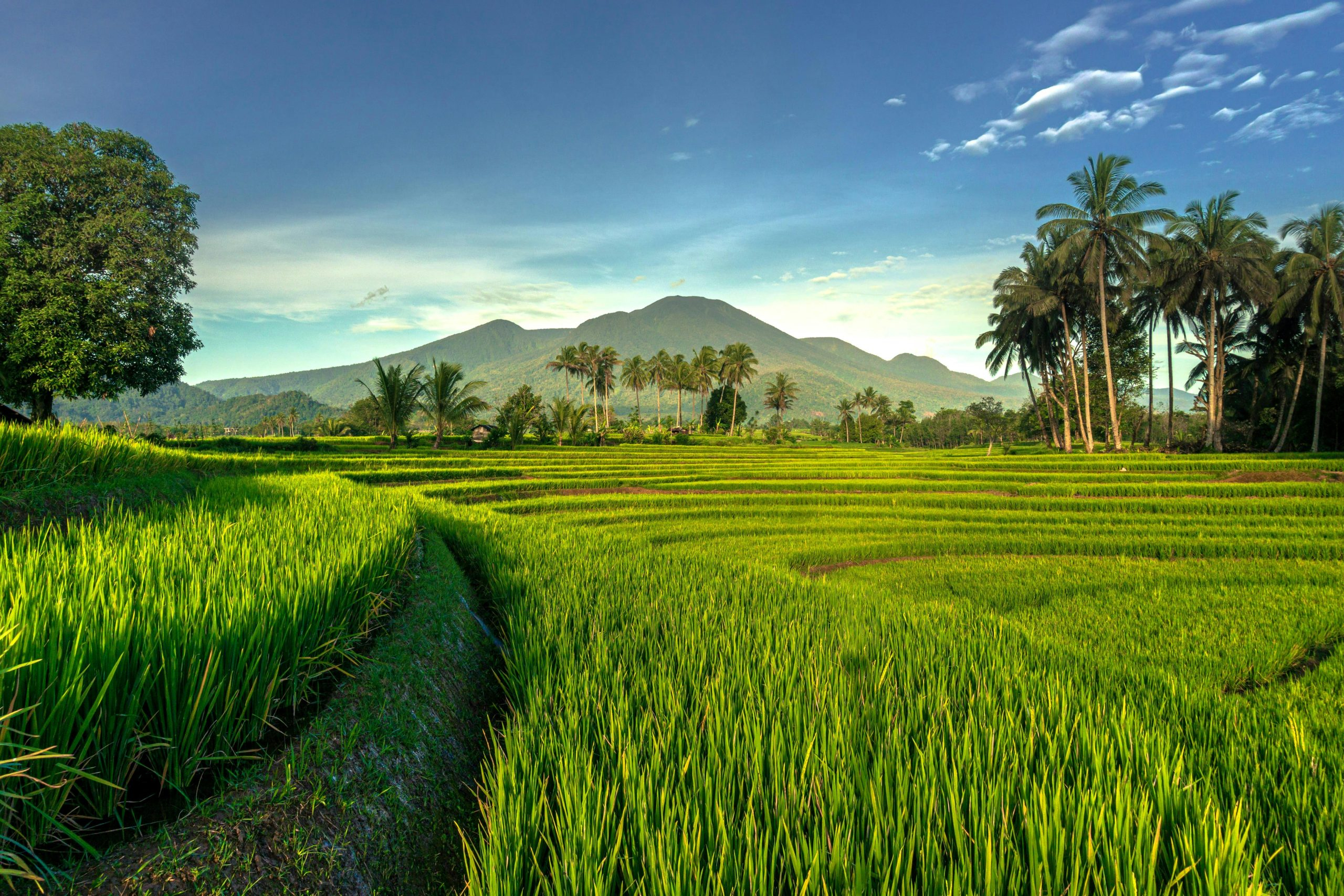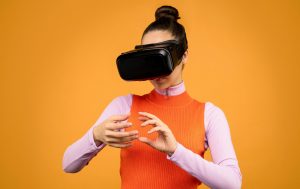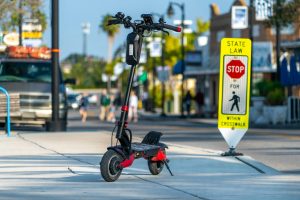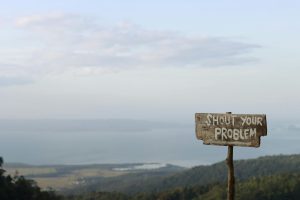How drones are changing everything from art to agriculture
Drones have long been a fascination for hobbyists and tech enthusiasts, but in recent years they have also become a game-changer in various industries. With their advanced technology and capabilities, drones are slowly but surely changing the way things are done, from art to agriculture. In this article, we will dive deeper into how drones are revolutionizing these two seemingly different fields and what it means for the future. So, fasten your seatbelts and get ready to explore the world of drones!
The Art of Drones
When we think of art, we usually imagine painters, sculptors, or musicians. But with the advancements in technology, art has taken a whole new form with the addition of drones. These flying machines have not only introduced a new perspective for photographers and filmmakers but also allowed for the creation of unique and captivating artworks.
Aerial Photography and Filming
Drones equipped with high-resolution cameras have made it possible to capture breathtaking aerial shots that were once only possible with expensive equipment such as helicopters or planes. They have also made it easier for photographers and filmmakers to get creative and capture angles that were not accessible before.
For example, in the world of wedding photography, drones have become a popular tool for capturing stunning group and scenic shots. Instead of hiring a photographer to climb on a high building or rent expensive cranes, couples can now opt for a drone to capture their special day from a unique angle.
Art Installations and Performances
Drones have also made their way into the world of art installations and performances. Artists are using drones to create visually stunning and interactive art installations that captivate audiences. One such example is the Intel Shooting Star drones that were used in the opening ceremony of the 2018 Winter Olympics in Pyeongchang, South Korea. The drones formed a huge illuminated snowboarder in the sky, leaving the audience in awe.
Drones have also been integrated into live performances, such as concerts and theater shows. Drones equipped with LED lights can be programmed to create synchronized movements and light displays, adding a whole new dimension to the performance.
The Impact on Agriculture
From art to agriculture, drones have made quite a leap. In the field of agriculture, drones have become an essential tool for farmers to improve their crop yields and minimize costs. With their advanced sensors and imaging technology, drones can provide valuable data and insights that were once only possible through costly and time-consuming methods.
Soil and Crop Monitoring
Drones equipped with infrared cameras and multispectral sensors can capture precise information about soil composition, water levels, and crop health. This data enables farmers to monitor their crops in real-time and make informed decisions about watering, fertilizing, and detecting diseases or pests. This not only saves time and effort but also results in more efficient use of resources, leading to better crop yields.
Spraying and Mapping
Drones are also being used for spraying pesticides, fertilizers, and herbicides in a more precise and targeted manner. With the help of GPS technology, drones can cover large areas quickly and accurately, reducing the risk of over-spraying or missing spots. Drones can also help in creating detailed maps of a farm, providing a bird’s eye view of the terrain and any potential problem areas.
The Future of Drones
As technology continues to evolve, the potential applications of drones are endless. In the art world, we can expect to see more creative and innovative uses of drones. In agriculture, drones will play a vital role in improving efficiency and sustainability. But that’s not all, as drones are also being explored for delivery services, search and rescue missions, and even passenger transportation.
However, with great potential comes great responsibility. It is crucial for the industry and regulatory bodies to work together to ensure the safe and responsible use of drones. As drones continue to change the way things are done, it is essential to strike a balance between innovation and ethical considerations.
In conclusion, drones are indeed changing the game in various industries, from art to agriculture. With their ability to capture stunning visuals and provide valuable data, drones are making a positive impact and opening up new possibilities. It is an exciting time to see what the future holds for these flying machines and how they will shape our world in the years to come.










